Becoming-curiosity: deterritorializing chaos in health
-
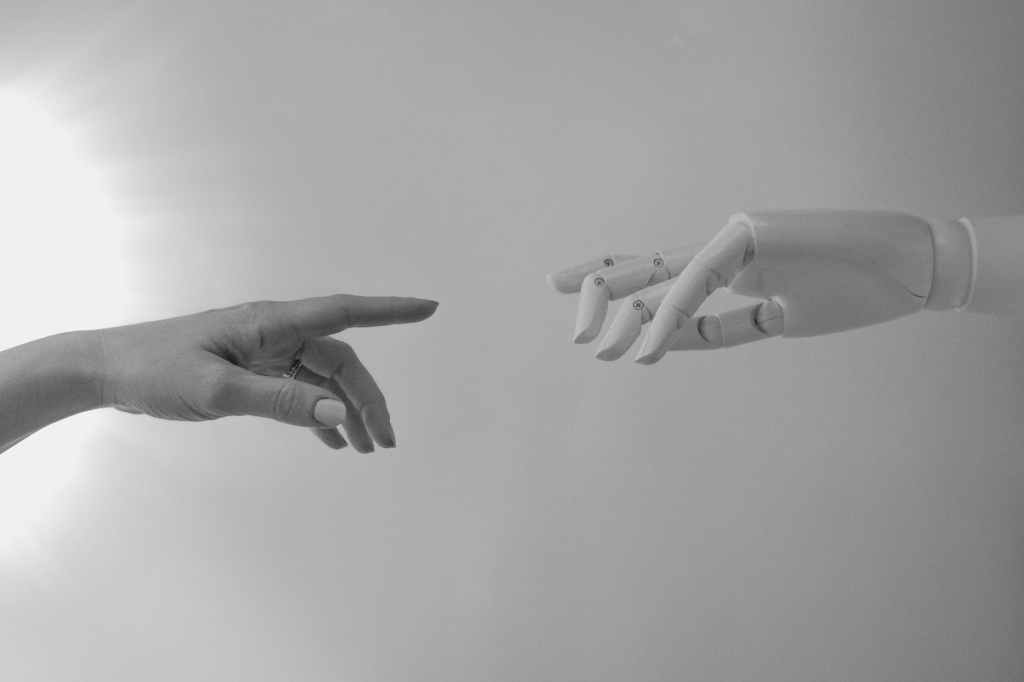
Machines, machines everywhere, body as machine is machine: Part one #BTCP
Body-as-machine In this two part series, I’ll be exploring the legacy of the body-as-machine metaphor and then explore an option to view the metaphor in an alternative conceptual way. If I were to ask physiotherapists about what words underpin our identity as healthcare professionals, I would expect to hear “health, the body, movement and rehabilitation”…
-

Curiosity in the Context of Pain: Part 1 #BTCP
For some time now I’ve been reading a lot about curiosity. I’ve been exploring curiosity from various fields such as philosophy, medical science, psychology, social sciences, education, art and communication; not an exhaustive list at all! Curiosity really is a fascinating area of study. Commonly defined as an eager desire to learn or know about…
-
Physiotherapy NZ Conference 2022: My Curious Reflections
As the fragrant aroma clears and before the memories fade, I thought I would share my thoughts and reflections on my inaugural physiotherapy NZ conference. Rotorua was the venue for the 2022 Physiotherapy conference, and in a true fashion, I hadn’t intended on going. In the 10 years, I have resided in New Zealand, I’ve…
-
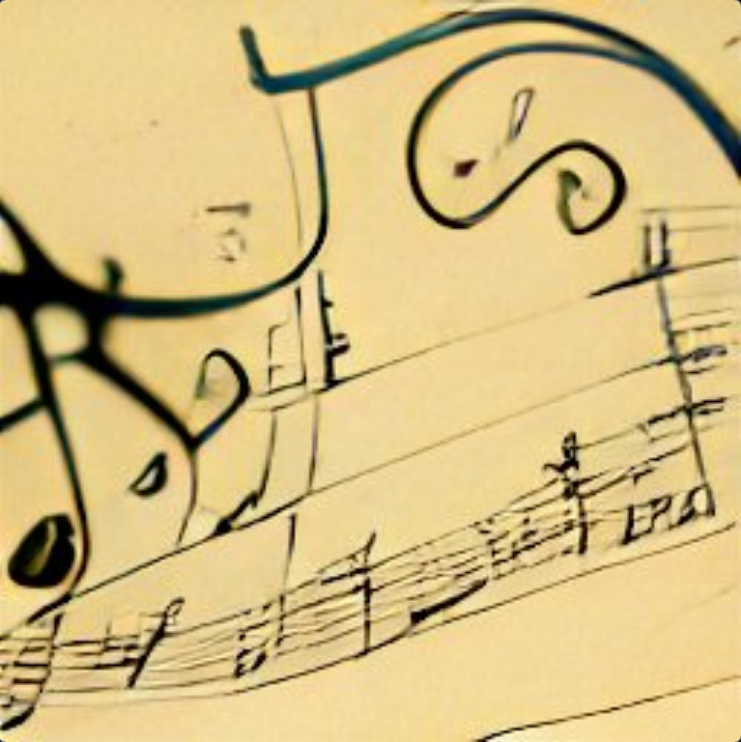
31 Days Project: Musical Multiplicity
My previous post focused on the concept of the Rhizome as discussed by Deleuze & Guattari in their 1987 publication, ‘A Thousand Plateaus: Capitalism and Schizophrenia.’ In the blog, I discussed the six principle characteristics providing my own interpretation and providing examples of each in physiotherapy. In this post, I share an example of rhizomatic…
-
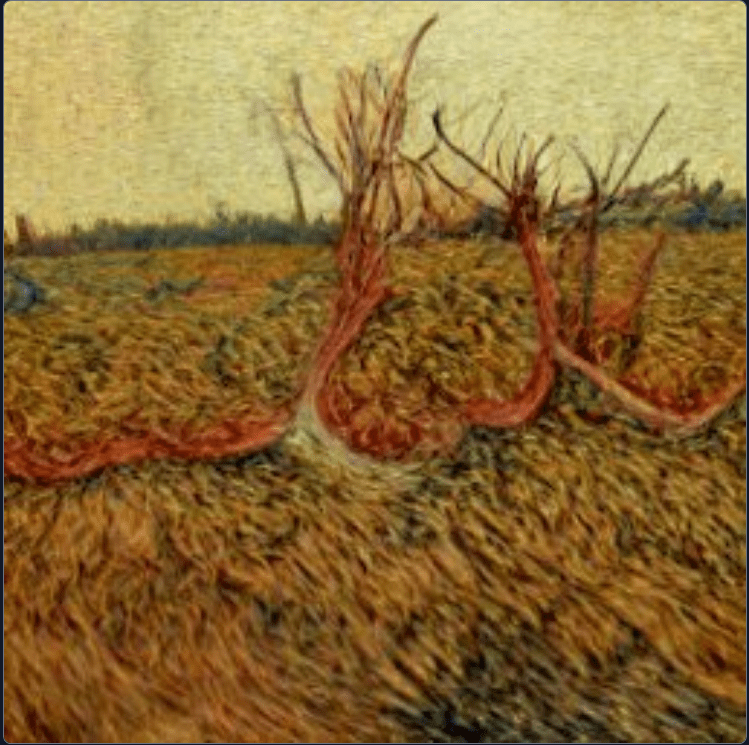
Physiotherapy: The Body and the Rhizome (#BTCP)
When living with pain are we without a body? A body that has made us who we are, when it goes wrong should we not be allowed to suffer? When we are without a body is it not a foreign experience to not be able-bodied? We possess a physical body and we possess an ability…
-
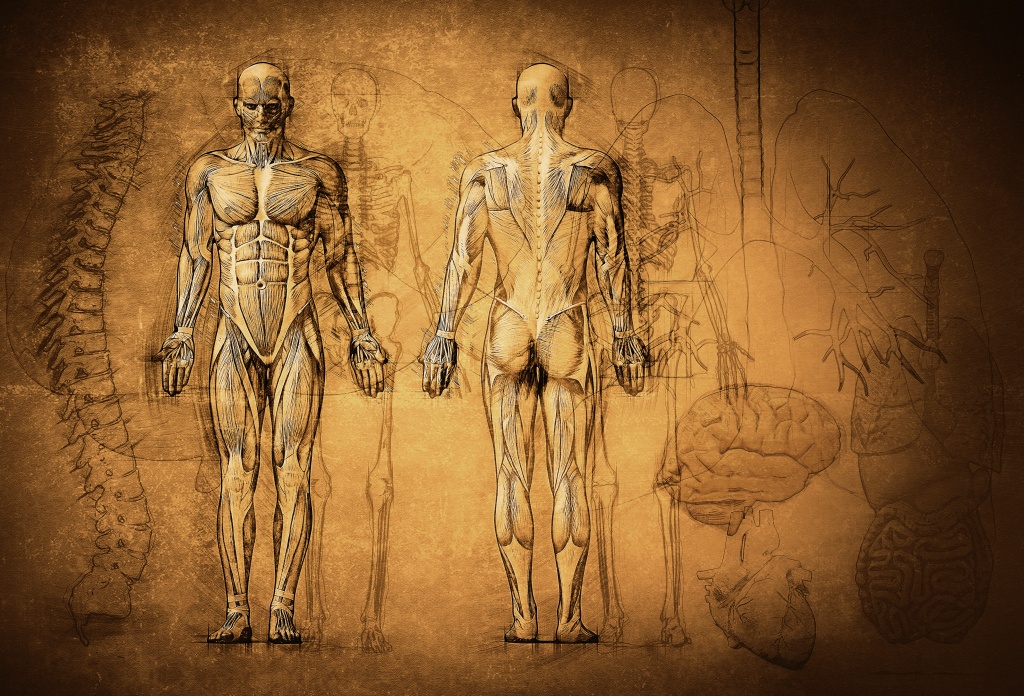
Is a Body in Pain, a Body with Organs?
The more relations a body has, the more it is capable of doing �?�?�?�?�?�?�?�?�?�?�?�?�?�?�?�?�?�?�?�?�?�?�?�?�?�?�?�?�?�?�?�?�?�?�?�?�?�?�?�?�?�?�?�?�?�?�?�?�?�?�?�?�?�?�?�?�?�?�?�?�?�?�?�? Nick J.Fox, 2012 There’s a lot of unrest in a world dominated by pain. In a very literal sense, we can understand this as a lack of rest, fatigue, a disturbance of sleep, or available energy. In another sense, it describes…
-

31 days project: The Truman Show, Pain & The Transcendent Self
The film The Truman Show is a fascinating journey into the life of Truman Burbank, who, over the course of the movie, realizes that his entire life has been one big reality TV show. A psychological comedy, the concept of The Truman Show is based upon a psychological condition called Truman delusion. People living with…
-
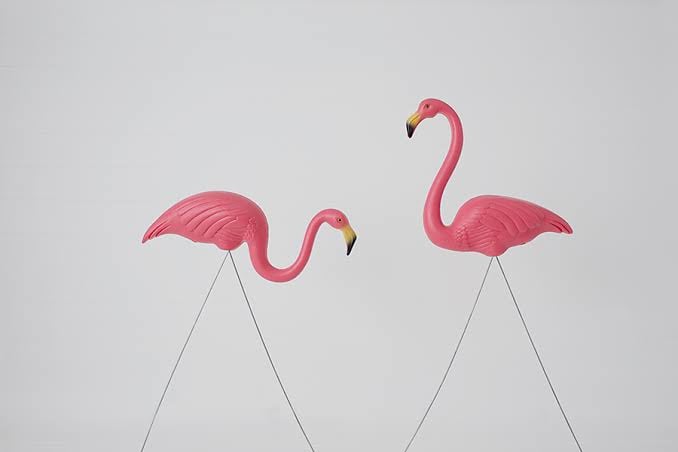
Pain as an Active Force
“Tell me your relation to pain, and I will tell you who you are!” Ernst Jüngers (1895 - 1998) I’ve been chatting and sharing thoughts on philosophy, creativity and art with a colleague, Eduan Breedt. After much discussion I invited Ed to share some of his musings in a blog. Take it away Ed! What…
-

Physiotherapy, have we “Imprisoned” Bodies?
Physiotherapy is one of the caring professions. It lies alongside Medicine, Nursing and other Allied Health Professions. Every single human on the planet is entitled to healthcare, and whilst some populations of the world do not receive adequate healthcare, there are others that are subjected to overdiagnosis and overtreatment (Maher, O’Keeffe, Buchbinder, & Harris, 2019)…
-
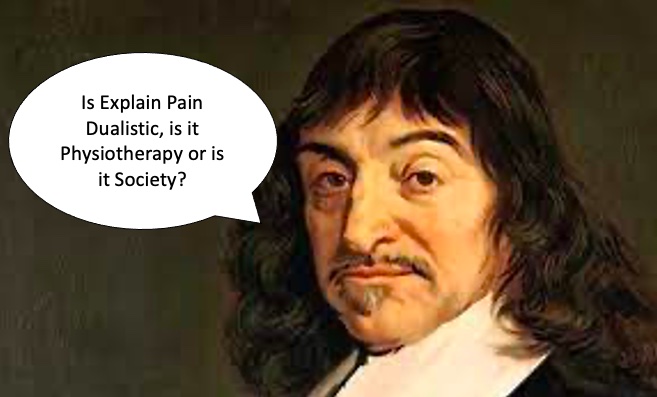
Is Explain Pain Dualistic, is it Physiotherapy or is it Society?
When this question popped in my head, it sparked my curiosity. I had been reading through Explain Pain recently and I got a sense of something that perturbed me. I wondered if it had something to do with the necessity of the inherent nature of duality. So, as I often do, I thought I would…
-

Physiotherapy, you just don’t understand!
Why is it that people living with pain upon seeing a healthcare professional often report, “ I have been told that it’s all in my head” and that the central focus of pain management programs is towards living well and not what people living with pain commonly report – the desire for pain reduction. Admittedly,…
-
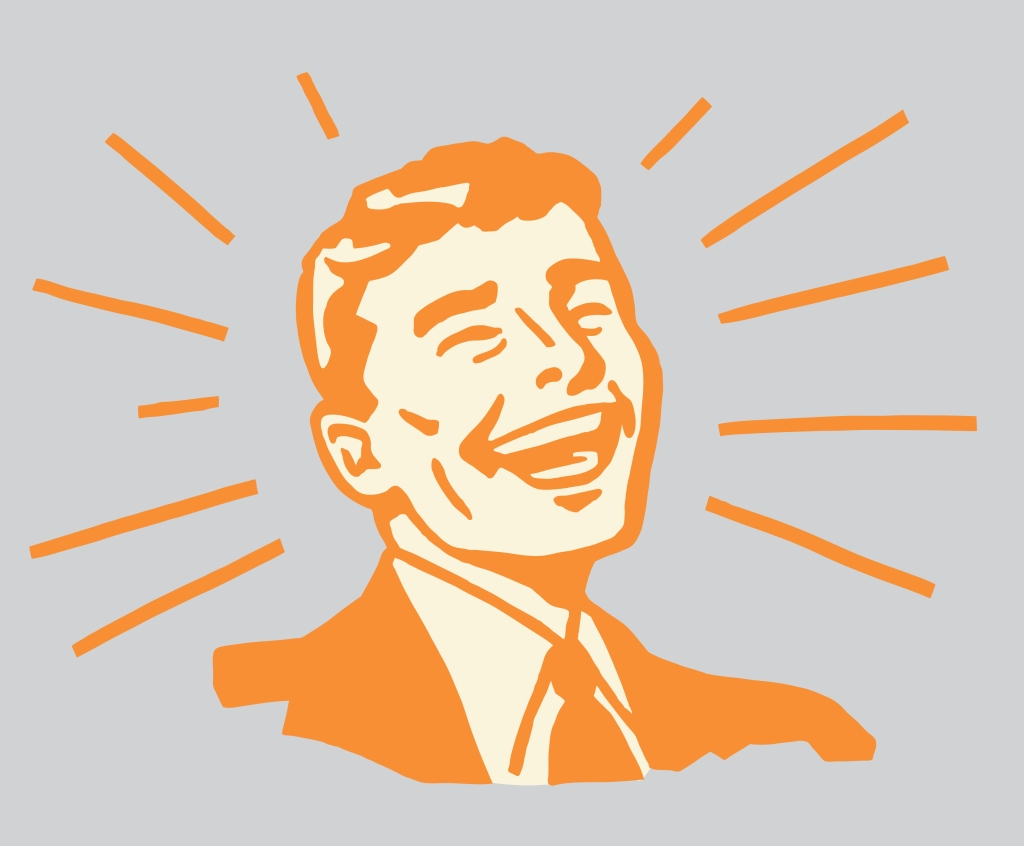
Laughter is like exercise because…
Kablooey! You have a bout of back pain. It’s unpleasant and so off to the…. (insert health professional) you go. You tell your story, they ask a bunch of questions, do an assessment, a bit of jiggery pokery and then give you a couple of exercises to do (be it stickmen, pictures or videos downloaded…
-
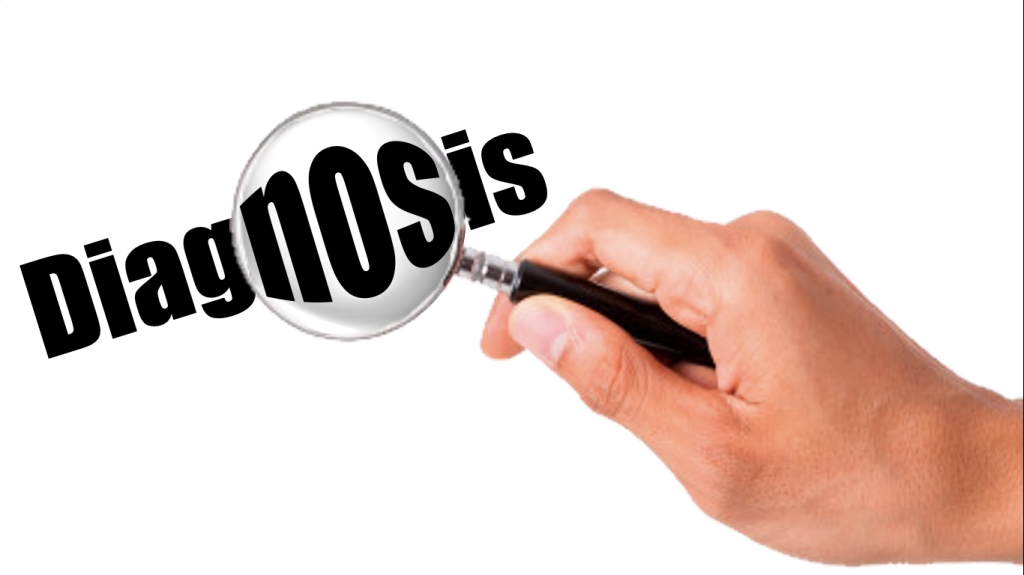
Diagnosis – For whom does it serve?
Diagnosis is an important part of healthcare provision. Quite simply, people want to know what’s wrong with them in order to know what can be done about it. Clinicians diagnose so to provide the person living with a disease, the appropriate treatment (Gifford, 2014). Historically, in musculoskeletal medicine diagnosis has taken the form of identifying…
-
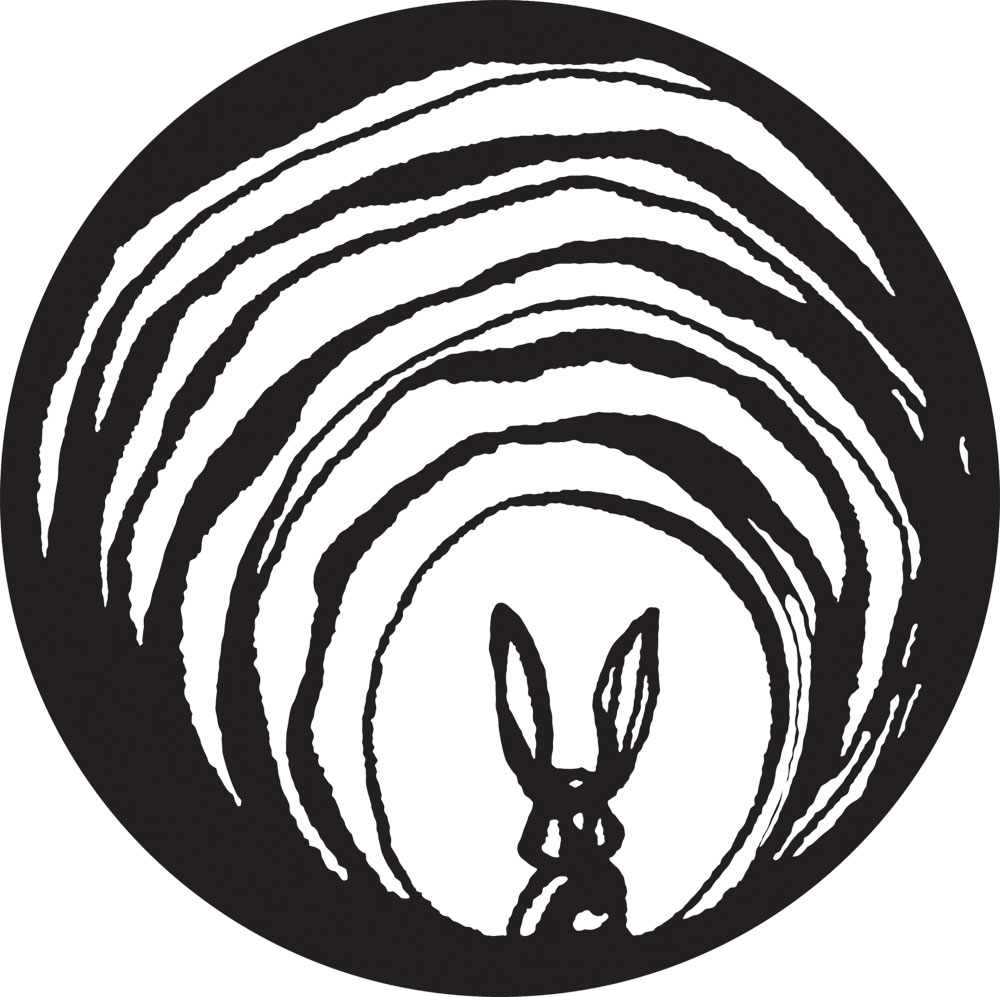
Physiotherapy: A Process Based Therapy: Part 3
Warning: This blog is lengthy, contains jargon, waffling and rabbit holes. In one of the scenes in the movie The Matrix, Morpheus introduces Neo to the Matrix for the first time. Morpheus explains the construct, a loading program, where anything can be loaded from clothing to equipment, training simulations, anything they need. Cue abstract from…
-

Guest Blogpost: A New Graduates Thoughts Upon Entering The Workforce
This month I decided to put me feet up and support the voice of my fellow colleagues. I get contacted by many clinicians, of all levels of experience, wanting to chat about where they should take their career. Many are sat at a crossroads unsure of which way to turn, with some even considering leaving…
-
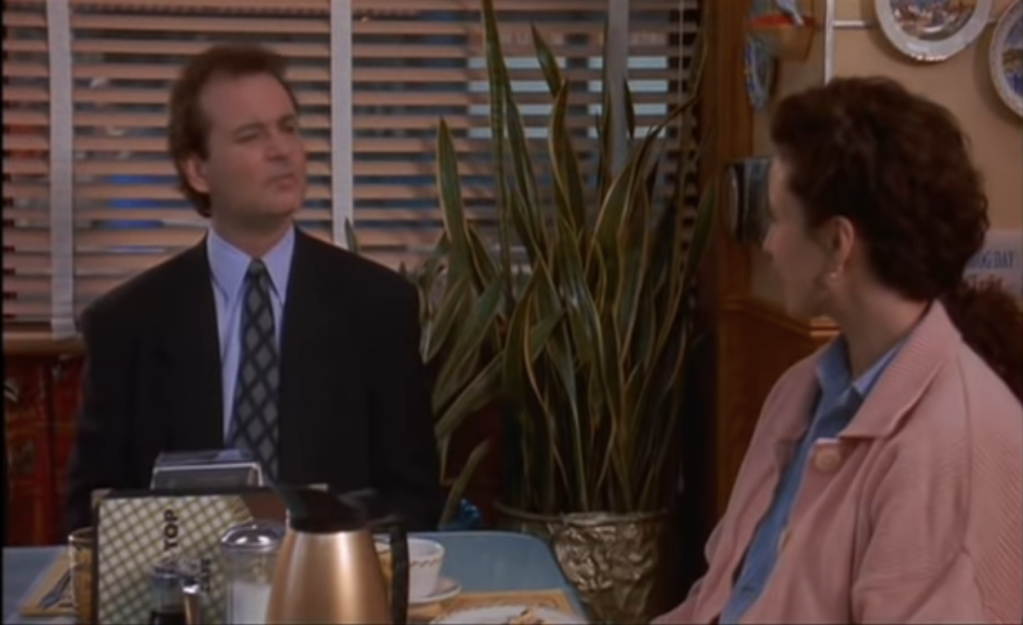
31 Days Project: Groundhog Day
Groundhog Day is a 1993 movie starring Bill Murray. Murray portrays Phil Connors, a cynical television weatherman covering the annual Groundhog Day event in Punxsutawney, Pennyslyvania, who becomes trapped in a time loop forcing him to relive the same day repeatedly. This short blog is a deep dive into Groundhog Day as an analogy for…
-

Physiotherapy: A process based approach: Part 2
In my last post I shared my thoughts on the comparisons between dispositional reasoning and process based therapy, with the focus being on workable processes of change rather than trying to find the “magic bullet” of pain elimination. To try and explain this, I would like to reference parts of a chapter from Rethinking Causality,…
-

Physiotherapy: A Process Based Approach
Physiotherapy has been going through some significant changes in the last 20-30 years. Probably one of the most significant is the paradigm shift from the biomedical to the biopsychosocial (BPS) model. The BPS model shifting the emphasis from tissue pathology to a systems based approach capturing biological, psychological and sociological components. Despite the argument that…
-

Explaining Pain/Cognitive Restructuring: Have we been barking up the wrong tree?
I do wonder what the response might be to the title of this blog? Physiotherapy within pain management is still very much in the midst of an explaining pain / CBT evolution, but I do wonder if we have disregarded what our peers in other professions have been questioning with respect to their own methods?…
-

ACT: Is it anything to get excited about?
Physiotherapists tend to have a bit of a reputation for jumping onto bandwagons. In writing this blog I am committing hypocrisy by admitting I am a strong proponent of Acceptance and Commitment Therapy (ACT). Yes, it’s true I can be accused of jumping onto a bandwagon. If I look up the meaning of bandwagon here’s…
-

We’ve been here before, we’re going in circles.
There’s a moment in the Lord of the Rings, where Frodo and Sam are walking in the rocky terrain of the Misty Mountains trying to head towards Mordor. Sam speaks about the familiarity of the terrain and Frodo, jaded, responds with, “That’s because we’ve been here before, we’re going in circles” Eventually, it is Golum,…
-

31 days project: ACT and Transcending Time, Space and Love
There’s a deeper philosophical perspective within Acceptance and Commitment Therapy (ACT). Clinicians can familiarize themselves with the strategies and techniques within ACT and use them as everyday clinical tools. Defusion, Acceptance, Values and Commitment sit on either side of the ACT Hexaflex within a clear delineation (see figure 1)and so these techniques could be seen…
-

31 days project: I’ve turned up to every appointment
“Your doctor has asked me to write a report on why there’s been so little progress” Those words must be dreaded by every person that lives with pain. It must be hugely invalidating for someone who has been through so much in an attempt to try and understand, resolve or “get on top of” their…
-
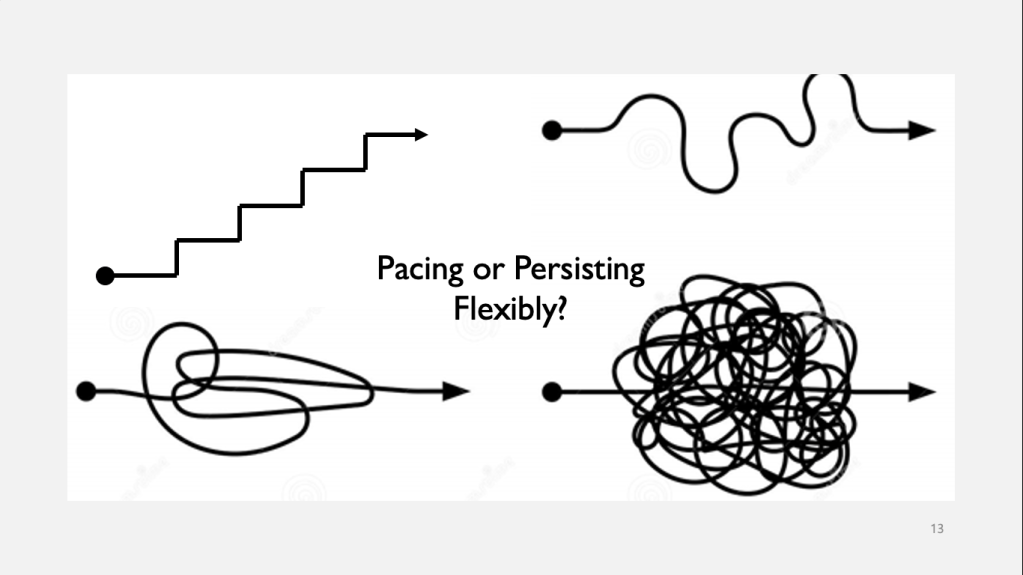
Do you pace or do you persist (flexibly)?
“It’s important that you pace your activity, this is to minimize the risk of your pain increasing. Once you identify how long you can spend at a task before your pain increases, you will eventually be able to increase your time doing the task.” Pacing Activity pacing (AP) is a term widely used to describe…
-

Can we make comparisons between overtraining syndrome and chronic pain?
Anyone who reads my blogs will know that I like to venture off the beaten track and explore how transferable knowledge between areas of interest or other specialties relate can be implemented into our understanding of persistent pain. I’ve blogged a few times about exercise dosage here, here and here and I thought I would…
-

Understanding self-efficacy and goal setting
A common experience for people living with pain is the enigmatic behavior of pain. People feel a lack of control due to the unpredictability, intensity or severity of pain. This can significantly affect a person’s ability to achieve a desired outcome, such as playing with their kids, being able to vacuum, being able to work,…
-
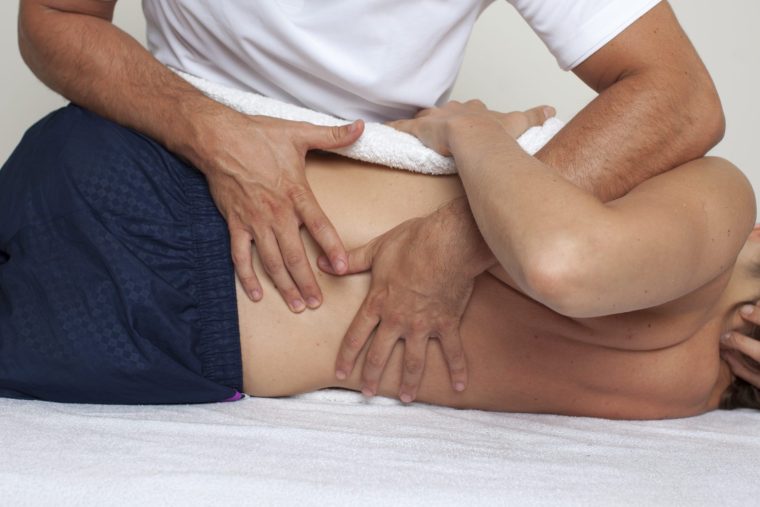
What relevance does MSK physiotherapy hold in times of public health crises?
The situation is real, a worldwide pandemic, and as we currently stand the chance of a vaccine for Covid-19 may be 12 to 18 months away. Currently, the recommendations from the World Health Organization to help reduce the spread and ‘flatten the curve’ include: Wash your hands frequently Maintain Social distancing Avoid touching, eyes,…
-

Concussion or Whiplash, which is it? Does it matter?
I’ve been sifting through the concussion and whiplash evidence for a good 4-5 months now and quite frankly it is complex. I understand the challenges the evidence demonstrates in determining the diagnostic nuances between each. For example, there are many symptoms that overlap between concussion and whiplash (Elkin, Elliott, & Siegmund, 2016; Rebbeck, Evans, &…
-

It hurts, but how long for?
People in pain often describe how much their pain hurts, often displaying its level of intensity through facial expression and tone of voice. The word ‘intensity’ is defined as ‘the quality of being intense’ Another definition refers to intensity as: ‘extreme depth of feeling’ Quality refers to the words to describe the characteristics and feeling…
-
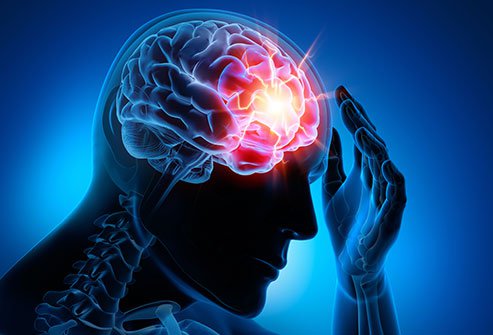
Brainstorm Conference 2019
I’ve just spent the last two days in Auckland CBD at the bi-annual Brainstorm conference. A conference specifically focused on all things�?concussion. So, I thought I would give a quick rundown of my highlights. I think the biggest thing that confirmed my thinking was the huge parallels between pain management and persistent post concussion syndrome…
-

Usual Care Physiotherapy – Say what?
Usual care physiotherapy for chronic musculoskeletal pain, does anyone still do that? I recently read a single – blinded randomized controlled trial article (Domingues et al., 2019) discussing the effectiveness of combined Manual Therapy with Exercise compared to “usual care” physiotherapy for the treatment of chronic non-specific neck pain (CNSNP). The first cynical thought that…
-

31 days project: Gollum and the empty chair
The lord of the rings has to be one of my all time favourite movies. One of the most interesting characters in the movie is Gollum. People familiar with the movie will know the story of how Gollum came to be. Before the ring of Sauron poisoned his mind he was known as the hobbit…
-
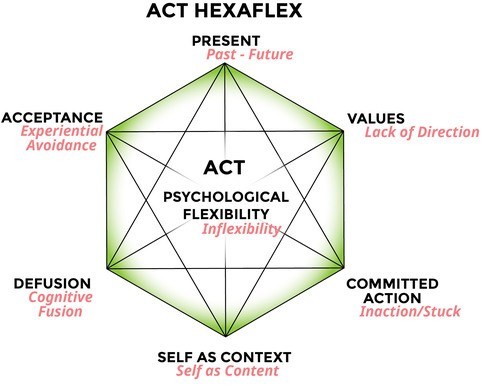
Why OTs and PTs are perfectly placed to use ACT.
We can use ACT? A psychological therapy?? But that’s stepping outside my professional boundary, I couldn’t possibly… Ok, back up! I can’t speak for Occupational Therapists (OTs) but Physiotherapists (PTs), really?? Are you honestly saying you’re crossing a line? Let’s take a wee trip down my memory lane shall we. On my journey with…
-

Why is it that we do physiotherapy in this way?
‘Oh, I’ve been shaking I love it when you go crazy You take all my inhibitions Creativity, there’s nothing holding me back You take me places that tear up my reputation Manipulate my decisions Creativity, there’s nothing holding me back There’s nothing holding me back There’s nothing holding me back’ �?Adapted from Shawn Mendes, There’s…
-
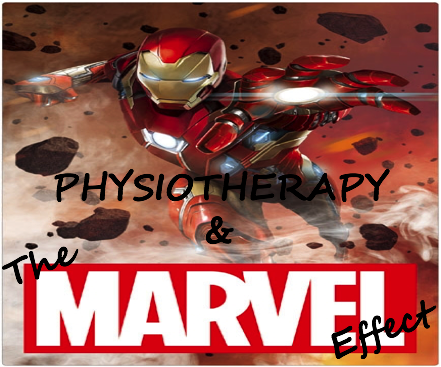
Physiotherapy and The Marvel Effect
�?“Heroes are made by the path they choose, not the powers they are graced with.” –Brodi Ashton / Iron Man(Attribution) Superheroes have fueled the imagination and inspired us. We are currently in the cinematic age and renaissance of superheroes. Since 2008, when the first Iron Man movie was released, Marvel have released no less than…
-

Heart rate formulas, how reliable are they?
I have been a bit of a runner for most of my life. Where I grew up in the Highlands of Scotland there was plenty of cross country running tracks to be explored. Of course that was mixed in with mountain biking, fly fishing, kayaking, sailing, football, hiking, rock-climbing… you get the picture. I have…
-
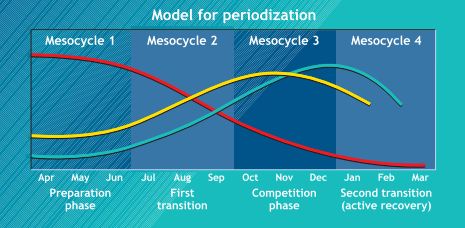
Exercise and Pain: Can we case formulate exercise?
I’ve pondered for quite some time if we can efficiently tailor exercise programs for people living with pain. Recent evidence�?(Hodges, 2019)and a consensus amongst peers, suggest that a hybrid approach to pain management programs is necessary. As proposed by Hodges, (2019) this would include�?stratification, identification of pain mechanism�?and�?subgrouping based on movement and/or psychology.�? The multidimensional…
-

31 days project: The Power of Touch
I saw this video and just had to share it to metaphorically emphasise the power of touch. There are some in the physiotherapy profession that bang on about how pointless manual therapy is, and whilst the evidence base confirms that we are unlikely doing anything mechanically (i.e. resetting joints, correcting leg length discrepancies, increasing tissue…
-

31 Days Project: Forrest Gump, Physiology and Philosophy of Running
I’m a bit of a runner, always have been. Nothing overly competitive but participated because of the health benefits.�?So, whilst exercise has physiological effects on the body there is also another side to running that interests me, the philosophy. More specifcally the sense of freedom, the adventure and the opportunity to reflect and consolidate my…
-

Chronic Low Back Pain: Can we be specific?
Persistent pain is certainly a complex beast and if we are to discuss particular body regions, low back pain would have to be the kraken* of all musculoskeletal disorders. In 2018 it was still the number one cause of disability globally and has dominated the number one spot spanning nearly 3 decades (James et al.,…
-
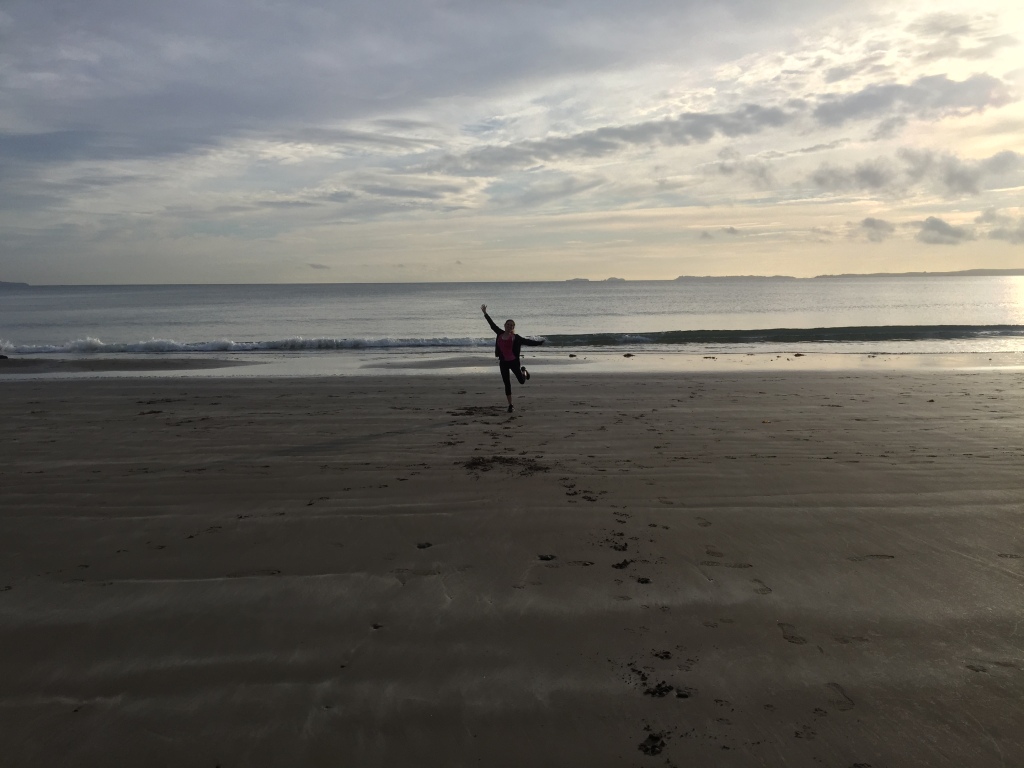
Casey’s Story: A Guest Blog
I’ve decided to share a story about someone that had a wonderful outcome from engaging in a pain program. The story takes you on a rollercoaster ride of physical and emotional experiences. �?I agreed to share it because the story�?identifies areas in our current practice that have created misconceptions about pain and what to do…
-
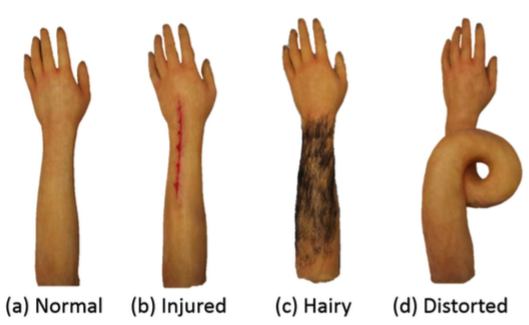
When is CRPS, CRPS?
Complex Regional Pain Syndrome is a tricky condition. It’s a challenging pain condition for clinicians and can be a crippling pain condition for people living with it. The condition presents as a diverse set of signs and symptoms including inflammatory, sensory/motor, autonomic abnormalities and pain. Most commonly, CRPS tends to present following an injury directly…
-

31 Days Project: Connectivity
I’m always on the hunt for new information on why physiotherapists should broaden their perspectives through 1) �?how we connect with people and 2) in what ways we connect with them. Connectivity is an emerging concept in physiotherapy. Several papers have been published discussing and arguing the broader view of the connections people make between�?‘one’s…
-

What’s next for Physiotherapy: Euthanizing the status quo?
I recently carried the torch for the PhysioCPDRevolution by presenting some of my own musings and readings about what might be a direction for physiotherapy. Below is a slightly adapted version of the transcript I presented. The presentation was recorded on Facebook Live (here). The PhysioCPDRevolution was also a year old and so I…
